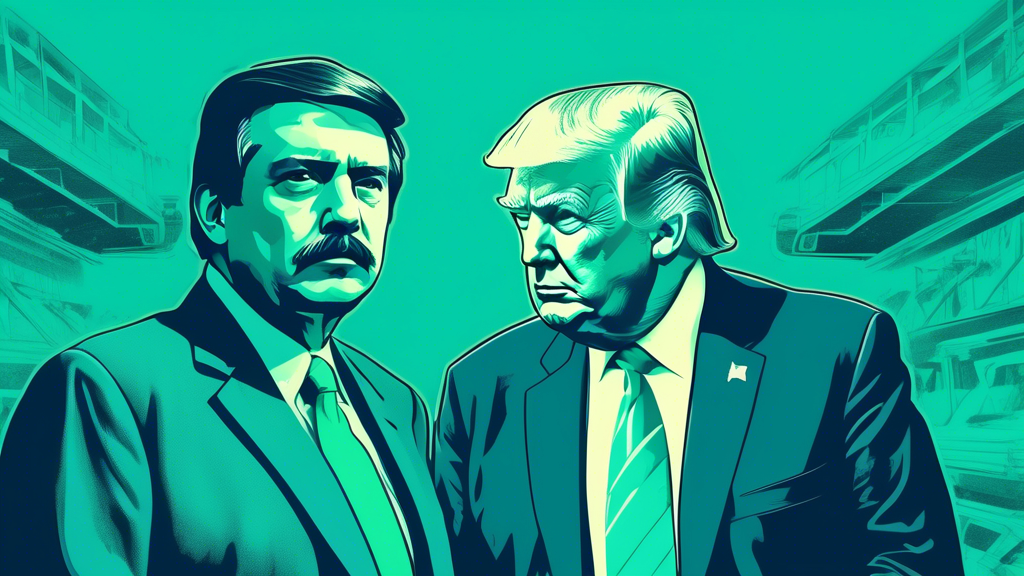
Trump’s Tariff Threat: An Interplay of Economics and Border Security
Former President Donald Trump has once again stirred the economic waters by threatening to impose a steep 25% tariff on all goods imported from Mexico. This ultimatum comes as part of his broader strategy to address the persistent issues of immigration and border security, which have been a focal point of his 2024 campaign. Trump has made it clear that if this initial move does not yield the desired results, he is prepared to escalate the tariffs progressively, potentially reaching 50%, 75%, and up to 100%.
An Election Campaign Strategy
The announcement of this tariff threat was made during a campaign rally held in Raleigh, North Carolina, on the eve of the 2024 U.S. presidential election. For Trump, who has consistently highlighted immigration issues as a cornerstone of his administration’s priorities, this tariff plan represents a key strategic lever. Such a high-stakes move underscores his commitment to taking bold steps to curb the influx of migrants and drugs across the U.S.-Mexico border, thereby energizing his electoral base.
Economic Implications and Public Reaction
While the proposed tariffs are targeted at Mexico, economists have expressed concerns about the broader economic ramifications on the U.S. economy. They predict that these tariffs would likely lead to higher prices for American consumers, consequently lowering household incomes. Additionally, there is the potential for retaliatory actions from Mexico and other trading partners, complicating the economic landscape.
Despite Trump’s insistence that foreign countries would shoulder the costs of the tariffs, the consensus among economists is that American businesses and consumers will inevitably bear the financial burden. Past experiences, particularly from Trump’s previous presidency, have shown that tariffs generally result in increased prices for imported goods within the domestic market.
Contrasting Policy Approaches
The proposed blanket tariffs contrast sharply with other political figures in the race, such as Vice President Kamala Harris, who has advocated for more specific tariffs, targeting areas like clean energy components from China. This approach aims more at fostering domestic production rather than implementing sweeping tariffs that impact a broader range of economic sectors. The differential strategies highlight the ongoing debate around the most effective ways to balance domestic economic interests with foreign policy objectives.
Potential Contradictions and Conclusions
Interestingly, Trump’s tariff threat seems at odds with the free trade agreement he signed with Mexico and Canada during his previous term, known for its intention to reduce trade barriers among the three nations. This contradiction raises questions about the consistency and potential long-term implications of such policy proposals on international trade relations. Studies have indicated that should the full spectrum of tariffs be enacted, U.S. households could face additional costs ranging from $1,700 to $3,954 per year, disproportionately impacting lower-income families.
As the 2024 election campaign intensifies, the intersection of immigration policy and economic strategy remains at the forefront. Trump’s tariff threat serves as a potent reminder of the significant and often contentious impacts that such policies can have on international relations and domestic economies. It illustrates the challenges of crafting solutions that effectively address border security while maintaining healthy economic ties with close neighbors and trading partners.
